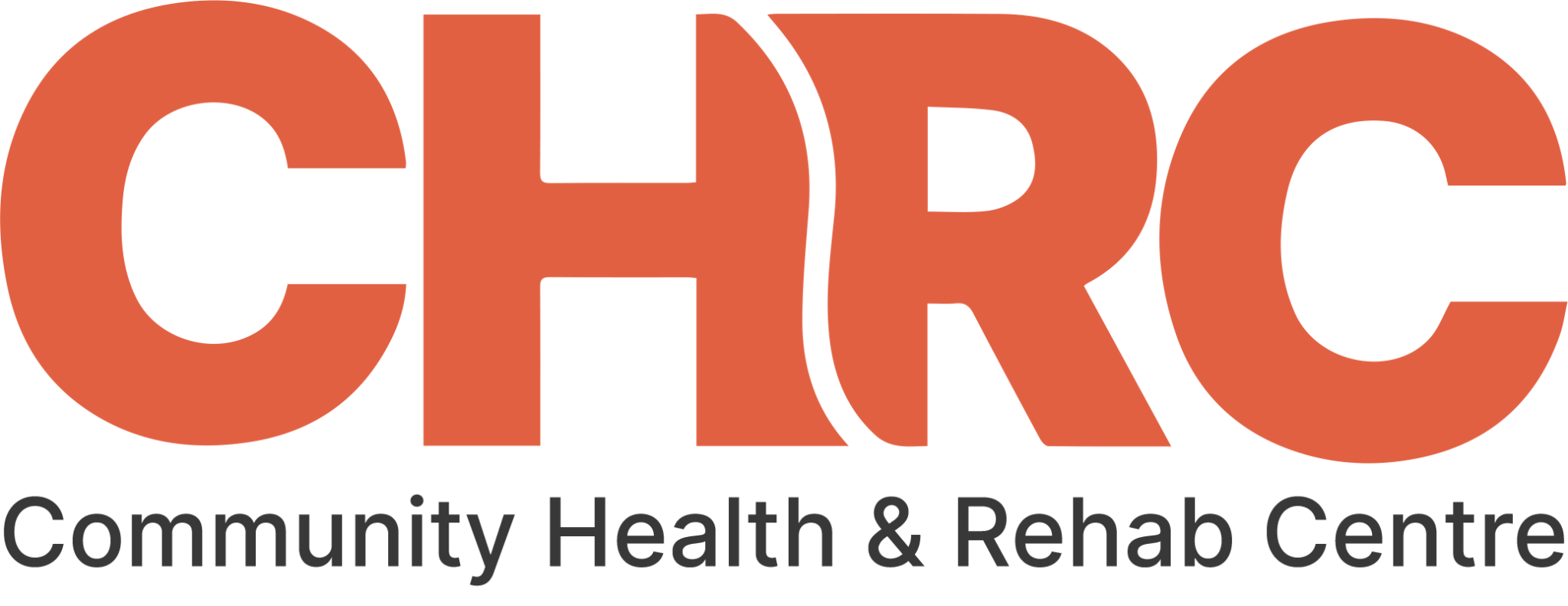Sciatica can be an incredibly painful condition characterized by pain radiating along the sciatic nerve, which runs from the lower back down through the hips, buttocks, and legs. It’s often caused by compression or irritation of the sciatic nerve, leading to symptoms such as sharp pain, numbness, tingling, or weakness in the affected leg. While there are various treatment options available for sciatica, chiropractic care is one of the best approaches that many turn to for relief.
Chiropractors are healthcare professionals who specialize in diagnosing and treating musculoskeletal disorders, including those that contribute to sciatica. Through a combination of manual adjustments, manipulations, and other therapeutic techniques, chiropractors alleviate pain, improve mobility, and enhance overall spinal health. Here’s how chiropractic care can help you if you’re suffering from sciatica.
Spinal Alignment
Chiropractors focus on ensuring proper alignment of the spine, which plays a crucial role in relieving pressure on the sciatic nerve. Misalignments in the spine, known as subluxations, can occur due to various factors such as poor posture, injury, or degenerative changes. By performing gentle adjustments, chiropractors can realign the vertebrae, reducing nerve irritation and promoting optimal nerve function.
Nerve Decompression
Sciatica often results from compression of the sciatic nerve, either due to a herniated disc, bone spur, or muscle spasm. Chiropractic adjustments help to decompress the affected nerve roots by restoring proper vertebral alignment and reducing pressure on the surrounding structures. This can lead to significant pain relief and improved nerve function.
Muscle Relaxation
Tight or spasming muscles in the lower back, buttocks, and legs can exacerbate sciatic pain. Chiropractors employ various soft tissue techniques, such as massage therapy, to relax tense muscles and alleviate muscle spasms. By addressing muscular imbalances and promoting better muscle function, chiropractic care can help reduce the likelihood of recurrent sciatic episodes.
Spinal Mobilization
In addition to traditional adjustments, chiropractors may use techniques such as spinal mobilization to gently stretch and mobilize the spine. This can help improve joint flexibility, increase range of motion, and reduce stiffness, all of which contribute to relieving sciatic symptoms. Spinal mobilization techniques are often preferred for individuals with acute sciatica or those who may not be suitable candidates for high-velocity adjustments.
Postural Correction
Poor posture is a common contributor to sciatica, as it can place undue stress on the spine and exacerbate existing spinal issues. Chiropractors assess their patients’ posture and provide guidance on ergonomic principles and corrective exercises to improve alignment and reduce strain on the lower back and pelvis. By addressing postural imbalances, chiropractic care can help prevent recurrence of sciatic symptoms.
Patient Education
A fundamental aspect of chiropractic care is empowering patients with the knowledge and tools to take an active role in their own health and well-being. Chiropractors educate their patients about lifestyle modifications, proper body mechanics, and exercises to support spinal health and prevent future episodes of sciatica. By promoting self-care practices, patients can better manage their condition and minimize reliance on passive treatments.
Complementary Therapies
In addition to manual adjustments, chiropractors may incorporate complementary therapies to enhance the effectiveness of treatment for sciatica. This may include modalities such as ultrasound therapy, electrical stimulation, heat or ice therapy, and traction. These adjunctive therapies can help reduce inflammation, alleviate pain, and promote tissue healing, providing holistic relief for sciatic symptoms.
Individualized Treatment Plans
Every individual experiencing sciatica may have unique underlying causes and contributing factors. Chiropractors take a personalized approach to care, conducting thorough assessments and developing tailored treatment plans based on the specific needs and goals of each patient. By addressing the root cause of sciatica and considering the patient’s overall health status, chiropractic care can yield more targeted and sustainable results.
Collaborative Care
Chiropractors often collaborate with other healthcare providers, such as primary care physicians, physical therapists, and orthopedic specialists, to ensure comprehensive management of sciatica. This interdisciplinary approach allows for a synergistic combination of treatments, including medication management, rehabilitation exercises, and ergonomic modifications, to optimize outcomes and promote long-term relief.
Sciatica Preventive Maintenance
Beyond alleviating acute symptoms, chiropractic care emphasizes the importance of preventive maintenance to support spinal health and minimize the risk of sciatic recurrence. Regular chiropractic adjustments, combined with ongoing self-care practices and ergonomic modifications, can help individuals proactively manage their condition and enjoy improved quality of life.
Chiropractic care offers a holistic approach to managing sciatica pain by addressing underlying spinal misalignments, nerve compression, muscle tension, and postural imbalances. Through a combination of manual adjustments, therapeutic techniques, patient education, and collaborative care, chiropractors strive to relieve pain, improve function, and enhance overall well-being for individuals suffering from sciatic symptoms.
While the effectiveness of chiropractic treatment may vary depending on the severity and underlying cause of sciatica, many patients experience significant relief and functional improvement with regular care.
If you’re experiencing sciatica or related symptoms, consulting with a qualified chiropractor can provide valuable insights and personalized recommendations tailored to your needs.

